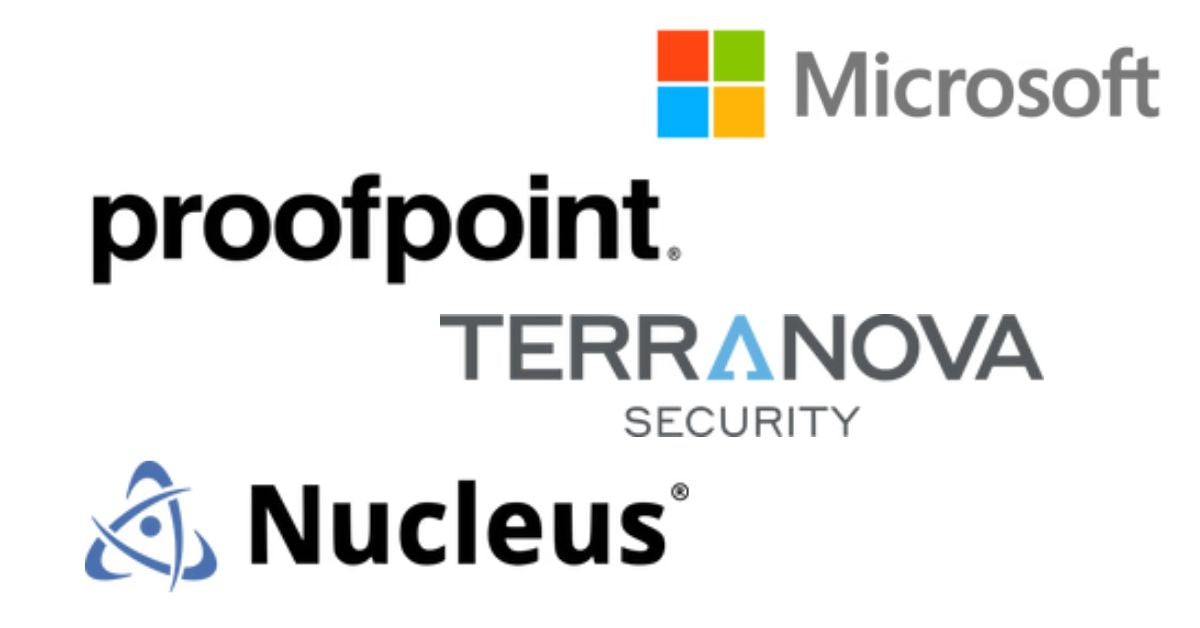Your bag is empty
Already have an account? Log in to check out faster.
Already have an account? Log in to check out faster.

Ever wondered what keeps your business's digital assets safe from cyber threats? It's time you learned about vulnerability management software. You'll discover how it identifies, assesses, and mitigates cybersecurity risks in your infrastructure. Don't worry if you're not tech-savvy; we've got you covered with a simple breakdown that'll make sense even to a novice. Ready to fortify your business against online attacks? Let's dive in!
It's crucial to understand that vulnerability management software is a tool designed to identify, classify and manage weaknesses in a system or network. You should think of it as your personal cybersecurity watchdog. It stands guard over your systems, keeping an eye out for potential threats and vulnerabilities.
But how does it work? Well, it's programmed to continuously scan your networks and systems looking for any weak spots. These might be outdated software, unsecured data points, or even just poor security practices. Once the software identifies these vulnerabilities, it doesn't just stop there. It classifies them based on their severity and potential impact on your system.
That's where you come into play. The software will alert you about these risks, giving you the chance to address them before they become serious issues. It can provide recommendations on how to fix or mitigate these vulnerabilities too. That way, you're not left guessing what the next steps are.
Now don't get complacent thinking that having this software means no one can breach your security walls anymore! Although helpful and robust in its functionality, remember that it's only a tool at the end of the day. Its effectiveness greatly depends on how well you use it and respond to its findings.
In essence, vulnerability management software acts as a critical component of any robust cybersecurity strategy. It empowers you with knowledge about your own system's weak points so that you can fortify against potential cyber-attacks effectively.
Key features of these programs often include automated scanning, threat prioritisation, and patch management. You see, vulnerability management software isn't just any ordinary tool—it's your organisation's first line of defence against cyber threats.
Automated scanning is like having a diligent security guard who never sleeps. It'll continuously monitor your systems for potential vulnerabilities round the clock. It doesn't matter if it's the middle of the night or a holiday; it's always on the job. This feature saves you time and reduces the risk of human error.
Then there's threat prioritisation. Imagine you're juggling multiple balls at once; this feature helps you decide which ball to catch first based on its importance or potential harm when dropped. In other words, not all vulnerabilities are created equal—some pose more significant risks than others. So, instead of wasting resources on minor issues, this function allows you to focus on what matters most.
Lastly, let's talk about patch management—a crucial part of maintaining system security. When vulnerabilities are found, patches (or fixes) need to be applied promptly before hackers can exploit them. Your software will identify these patches for known flaws and apply them automatically where possible or alert you when manual intervention is required.
In short, these key features make vulnerability management software an indispensable tool in your cybersecurity toolkit. It continually scans for weak points in your armour, ranks threats so you know where to strike first and keeps everything patched up nicely—all while saving both time and effort in maintaining your system security.
In today's digital age, having a robust cybersecurity strategy isn't optional—it's necessary, and this is where these specialised tools come into play. Vulnerability management software is one such tool that you can't afford to ignore. It serves as your first line of defence against cyber threats.
As part of your cybersecurity arsenal, vulnerability management software plays an integral role. It identifies, evaluates, treats, and reports on security vulnerabilities in systems and the software that runs on them. You're not just reacting to threats; you're proactively seeking them out and neutralising them before they can cause damage.
This software continually scans and monitors your network for weaknesses or gaps in security that hackers could exploit. It doesn't stop there though—it also prioritises these vulnerabilities based on their potential impact on your system. This way, you know exactly what needs immediate attention.
Moreover, it provides detailed reports about each detected vulnerability—its nature, its potential impact if exploited—and recommends steps for remediation. This gives you a clear roadmap of what actions need to be taken to bolster your defences.
You're probably wondering how to get started with implementing this crucial cybersecurity tool, aren't you? Well, it's not as complicated as it might seem if you break down the process into manageable steps.
Firstly, you've got to understand your organisation's infrastructure. This means identifying all devices connected to your network - servers, computers, mobile devices and even IoT gadgets. You can't protect what you don't know exists.
Next up is selecting the right vulnerability management software for your organisation. This isn't a one-size-fits-all situation; different businesses have different needs. You'll want to consider factors like cost, ease of use, scalability and customer support when making your decision.
Once you've selected a tool that fits your needs, it's time for deployment. Patience is key here; rushing through setup stages might leave gaps in security coverage which could be exploited by attackers. So take your time and ensure everything is configured correctly before moving on.
After installation comes scanning. Your new software will scan all identified assets for vulnerabilities – these are points where an attacker could potentially gain unauthorised access or disrupt services. It's important to regularly schedule these scans as new vulnerabilities can emerge over time.
Finally comes remediation – fixing identified vulnerabilities. This step will often involve patching outdated software or reconfiguring settings to strengthen security defences.
Remember: vulnerability management isn't a one-off task but a continuous process of protection against cyber threats. So don't rest too easy once initial implementation stages are complete; stay vigilant and keep monitoring for potential risks!
After all the effort that's been put into implementing this cybersecurity tool, it's crucial to evaluate whether it's working as effectively as you'd hoped. You've got to assess how well your vulnerability management software is performing in identifying, assessing, and managing security vulnerabilities in your system.
Firstly, check if the software is accurately identifying vulnerabilities. It should be able to detect weaknesses not just on your network but also across endpoints and applications. If you're noticing gaps here or there, something might be off with its scanning capabilities.
Next up, assess whether it's providing a thorough risk assessment of these identified vulnerabilities. A good tool will prioritise risks based on their potential impact on your organisation. It shouldn't just throw an exhaustive list at you; rather it ought to help you focus on what needs immediate attention.
Then consider its remediation capabilities: is it helping you manage these issues efficiently? Ideally, it should provide solutions for fixing vulnerabilities or at least guide you towards potential fixes. Look out for how quickly patches are released following the detection of a vulnerability - speediness can make all the difference when combating cyber threats.
Lastly, don't forget about usability – ease of use plays a considerable role in effectiveness too! Is the UI intuitive? Are reports easy to understand and actionable?
Remember that evaluating effectiveness isn't a one-time thing - continuous monitoring is necessary for maintaining robust defence mechanisms against cyber threats. So take note of these points and ensure that your investment in vulnerability management software delivers value both now and in the future!
In wrapping up, you've learned what vulnerability management software is. It's a key tool in cybersecurity, helping to spot and fix weak spots. The implementation process may seem daunting, but it's necessary for your business' protection. Evaluating its effectiveness ensures it's doing its job right. So don't hesitate; invest in this essential tool to keep your digital assets safe and secure.
DataGr8 is a South African-based company that provides services to customers across Africa. At DataGr8, data is in our name. We started with Email and File Data Archiving in 2009, then moved into unstructured and SAP migration. We have taken our focus on data and looked at the future of data and transformed DataGr8 into a company that provides technology and services, looking at the future but not forgetting that traditional data is still around. We believe that the future is Cloud and 4IR. Today DataGr8 offers services to store, backup, secure, migrate and orchestrate data, whether it comes from IT or IoT. Find out more.
Data Orchestration & Management
